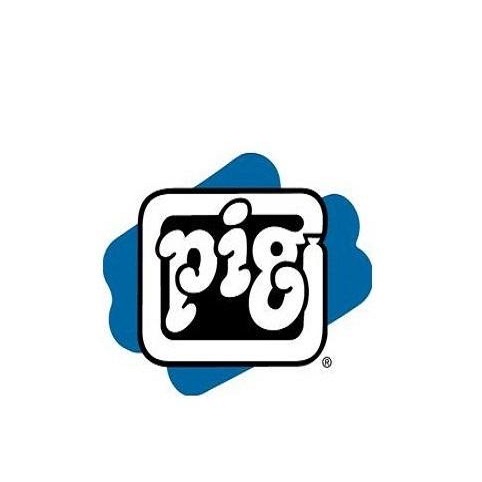We propose a new approach allowing visio-haptic interaction with a FE model of a human liver having both non-linear geometric and material properties. The material properties used in the model are extracted from the experimental data of pig liver to make the simulations more realistic. Our computational approach consists of two main steps: a pre-computation of the configuration space of all possible deformation states of the model, followed by the interpolation of the precomputed data for the calculation of the reaction forces displayed to the user through a haptic device during the real-time interactions. No a priori assumptions or modeling simplifications about the mathematical complexity of the underlying soft tissue model, size and irregularity of the FE mesh are necessary. We show that deformation and force response of the liver in simulations are heavily influenced by the material model, boundary conditions, path of the loading and the type of function used for the interpolation of the pre-computed data.
翻译:我们提出一种新的方法,允许与具有非线性几何特性和物质特性的人类肝脏FE模型进行相对动态互动。模型中所使用的物质特性从猪肝实验数据中提取,以使模拟更为现实。我们的计算方法包括两个主要步骤:预先计算模型所有可能变形状态的配置空间,然后通过实时互动期间的随机装置对预先计算显示给用户的反应力的数据进行内插。对于软组织模型的数学复杂性、FEMES的大小和不规则性,不需要先验假设或建模简化。我们表明,模拟中的肝脏的变形和力反应受到物质模型、边界条件、装载路径和计算前计算机数据时所使用的功能类型的影响很大。




